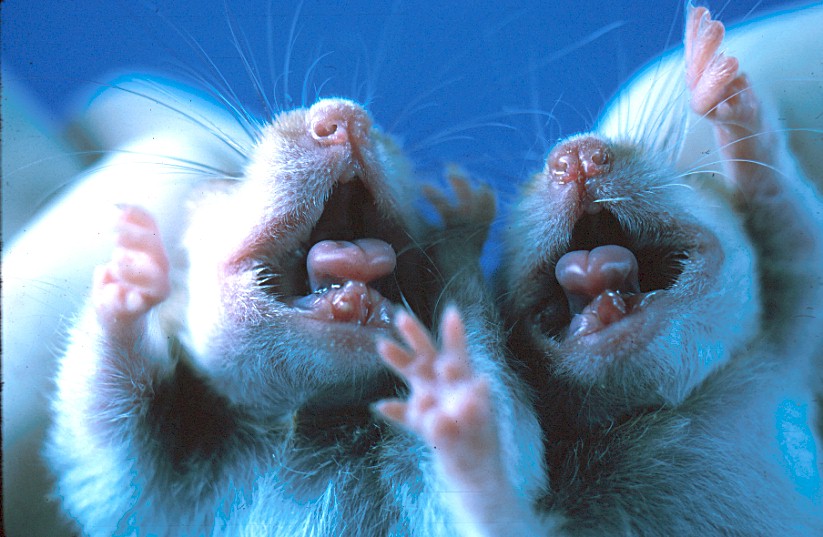
Etiology: Hamster parvovirus is a single stranded nonenveloped DNA virus. It is closely related to mouse parvovirus MPV-3.
Incidence: Incidence of infection with this virus is rare in research hamsters.
Transmission: Hamsters are infected primarily by direct contact with virus shed in feces or urine. There may be rare interspecies transmission from mice.
Clinical Signs: In suckling and weanling Syrian hamsters, affected animals can present with domed calvaria, potbellied appearance and discolored, malformed, or absence of the incisor teeth, as well as smaller than normal testicles.
Pathology: Enamel hypoplasia of the incisor teeth, periodontitis and hemorrhage in the dental pulp, cerebral malacia, testicular hypoplasia.
Diagnosis: Diagnosis is based on quantitative PCR and serologic assays specific for hamster parvovirus.